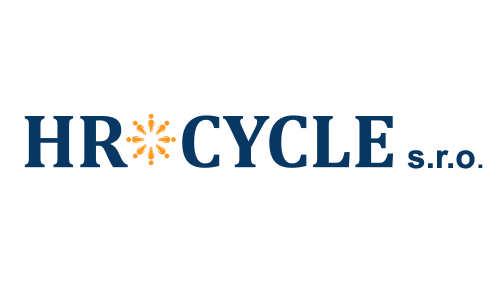This year, the business world is facing quite a lot of challenges that employers have to overcome. Higher inflation or still low unemployment are certainly among them. Even so, you may have business growth or at least maintaining the existing one in your goals.
Therefore, having the right people around you (key people, talents) who can handle it with you and move you to where you want to be is priceless.
So how do you identify and retain key employees? Why strive for it and how to keep them in the company as long as possible?
We will look at that in our next article.
How to recognize key employees?
- Their work commitment is high.
- They care about the result of their work.
- They crave feedback and have a desire to improve.
- They do not lack their own initiative for education and self-development.
- They do not discuss the problem for long but brings a solution.
- They expect honest communication, they effectively communicate themselves.
- Clients praise them and like to work with them.
- They bring a lot of new innovative ideas to the company.
- Their name is well mentioned at meetings.
- Meet and exceed expectations; they keep everything they promise - they expect the same from the company.
If you've already thought of a specific person, that's fine. These people save you time, money or bring you the most clients.
Now calculate how much it would cost you to lose such a person. We only factor time and financial costs into the equation. However, you lose
and the valuable know-how and personality of the heartthrob who pushed your business forward - future losses in profit are also possible.
Loss of a key person and search for a replacement = (gross salary + benefits + allowances, bonuses) x 6 months + (HR time + manager's time + financial costs of the ad (possibly fees to a recruitment agency))
These are not happy numbers.
How to prevent this and retain key people?

Provide autonomy, trust and appreciation
Let your people work, for example, on interesting projects where they can show their strengths. You can monitor projects e.g. in SW Asana. Appreciate their contribution publicly. Either in front of everyone at a meeting or perhaps in writing (thank-you cards) or electronically through your intranet (you can also find how to set up such an intranet and other tips on retaining people in this article:How to boost employee engagement).
Set salary terms and benefits that reflect contribution, knowledge, and drive
If you have a general increase in the company for all people at the same rate (e.g. every April by 3%) for key people, it will cause the opposite effect - a decrease in performance, loyalty and after some time there is even a risk of leaving.
We also provide specific tips on how to financially evaluate employees in this LinkedIn post by founder Alice: 3 tips on how to transparently evaluate employees.
Create a company culture where people feel safe and comfortable
5 signs of a healthy company culture:
- Superiors also know personal things about their people, what motivates and entertains them even outside of work.
- Leadership and emphasis on the development of soft skills, which include, among others: active listening (I listen and ask more than I speak), delegation, feedback, emotional intelligence, strategic thinking, myself/himself is an inspiration to others with his/her behavior. More
on leadership development HR v kostce in our article called: How to recognize good leadership - point no. 2. - There is room for mistakes, which are tools for innovation, not punishment.
- Toxic behavior by anyone in the company is addressed, not ignored.
- People understand their contribution to the company, goals, results, what went well and what needs to be worked on are communicated.
The possibility of career development
Set development plans with your people and how to achieve them. These plans should follow individual goals linked to the goals of the company and its vision.
Setting up a competency model, setting SMART goals (goals that are: specific, measurable, attainable, realistic and time-bound) and regularly evaluating them can help.
Do you need advice on any of the given areas or do you need to implement it directly in your company? Do not hesitate to contact us. We will be happy to find the most suitable solution for you.







